Table of Contents
What is Exponential Moving Average (EMA)
The exponential moving average (EMA) is probably the most well-known and heavily used indicator in technical analysis. The exponential moving average effectively captures the trend of a financial market in an easily identifiable manner.
Exponential moving average emphasizes the recent price dynamics over past periods. The emphasis on the more recent prices depends on the period specified in the calculation of moving average. The shorter the EMA’s period, the more weight that will be applied to the most recent price.
The calculation method of an exponential moving average is much more complicated compared to a simple moving average. The most important thing to remember is that the exponential moving average is more sensitive to the recent price dynamics.
EMA Indicator Calculation
Exponential Moving Averages can be calculated using two methods:
- As a percent-based Exponential Moving Average – has a percentage as a single parameter
EMA(current) = ( (Price(current) – EMA(previous) ) x Multiplier) + EMA(previous)
- As a period-based Exponential Moving Average – has a parameter that represents the duration of the EMA.
For the period-based EMA, the”Multiplier” is equal to 2 / (1 + N) where N represents the number of periods.
For example, a 20-period EMA’s Multiplier is calculated like this: 2/(Period+1) =2/(20+1)=0.09 This means that a 20-period EMA is equivalent to a 9% EMA.
How To Read Moving Averages
Moving averages are used to calculate the average value of a security’s price over a determined period of time. Moving averages are extremely popular among trend following traders. Here are the main moving averages used by traders:
Simple Moving Average – SMA
The simple moving average (SMA) represents an average of the closing price of a security over a specified number of periods. The simple moving average is more stable and signals changes in price movements relatively slowly.
Triple Exponential Moving Average – TEMA
The triple exponential moving average (TEMA), developed by Patrick Mulloy in 1994, seeks to reduce the lag of a typical exponential moving average by tripling the weighting of recent prices. TEMA responds to market movements quicker than the SMA or EMA.
Adaptive Moving Average – AMA
The adaptive moving average (AMA), developed by Perry Kaufman, was created to improve the original exponential moving average. The adaptive moving average multiplies the weighting of an EMA by a volatility factor. Thus, AMA adapts more quickly to the market by signaling when volatility conditions change. Its main advantage over other moving averages is the fact that filters the noise in the trend and automatically changes its speed considering the market volatility.
Hull Moving Average – HMA
Hull moving average (HMA), developed by Alan Hull, is a fast moving average, responsive and with reduced lag. Hull used several weighted averages in calculating this moving average and claimed that this formula reduces market lag and increase smoothness at the same time.
Weighted Moving Average – WMA
The weighted moving average (WMA) was designed to find trends faster but without whipsaws. The weighted moving average offers more relevance on recent price moves and reacts more quickly to price movements than the simple moving average or exponential moving average.
Jurik Moving Average – JMA
Jurik moving average (JMA) is used by some institutional traders. Jurik claims that the JMA is a powerful adaptive tracker that can smooth time series data with very a small lag, no overshoots and no oscillations. JMA’s formula is kept secret and can only be purchased as a locked indicator.
Common EMAs Used By Traders
Traders use different settings of moving averages for different reasons. Some are interested in the long-term trend, others want to trade based on the short-term trend. The length input of an exponential moving average depends on the objectives of the trader. Shorter moving averages are used for short-term trading while longer-term moving averages are used by long-term investors. Taking into account the length of an EMA followed by traders, there are 3 categories of exponential moving averages:
Long-term EMAs – 200 EMA, 365 EMA
The most common exponential moving average is the 200 EMA and many traders apply it on daily charts. It is believed that many institutions like banks, hedge funds, forex dealers are following this indicator. If we take a look at this indicator on any currency pair, commodity, market index or even cryptocurrencies, we can immediately see its value.
Medium-term EMAs – 50EMA, 100EMA
Many traders prefer to use the 50-period exponential moving average ( 50 EMA). This is considered a faster moving average as fewer input periods are used. The primary effect is that this moving average will react more to medium-term movements. 50 EMA is considered one of the most effective trend indicators, offering also dynamic support and resistance levels on a chart.
Short-term EMAs – 10 EMA, 20 EMA
Short term EMAs are preferred by traders that want to trade with current market momentum. The most common short term exponential moving averages are 10EMA and 20EMA. These EMAs react the fastest to price movements.
Fibonacci EMAs – 5,8,13,21,34,55,89,144 EMAs.
Some traders often take their input values for EMAs from the Fibonacci sequence. Most common Fibonacci-based exponential moving averages are 5EMA,8EMA, 21EMA, 55EMA and 144EMA.
Traders must keep in mind that exponential moving averages are lagging indicators as they are based on past information. 200EMA will have a much greater lag compared to a 50EMA because it includes market prices for the past 200 periods.
The short-term EMAs respond more quickly to new price changes, but at the same time offer more false signals. So, a trader must find a balance when using exponential moving averages.
How To Trade Exponential Moving Averages – EMA Trading Strategies
Traders use the exponential moving averages in many ways, mostly for tracking the market trends by smoothing out the price fluctuations. Here are the main three basic strategies that stand out:
EMA Line To Identify And Confirm Market Trend
Identification and confirmation of the market trend are one of the most important roles of an exponential moving average, used by most traders who want to trade in the direction of the prevailing trend on the market.
We must not forget that an exponential moving average is a lagging indicator. This means that an EMA doesn’t predict new trends, just confirms the market trends once they have been developed.
EMA Trading Tip: Look At Exponential Moving Average Slope
- A security is considered to be in an uptrend when the price is above an exponential moving average and the EMA’s slope is upward
- A security is considered to be in a downtrend when the price is below an exponential moving average and the EMA’s slope is downward
The EMA’s slope is simply the direction of the moving average plotted on the chart.
- If the moving average is pointing upwards, then the EMA slope is positive.
- If the moving average is pointing downwards, then the EMA slope is negative.
- When the moving average is flat, this is a signal that the market is in range, and no main trend is identified on the market – you should avoid taking positions when this market condition is met
How To Use EMAs To Take Signals
Most of the traders will only consider taking a long position in a security when the price is trading above an exponential moving average. Here are the most common signals when trading an EMA:
- Price increasing over a long-term (200 EMA) and medium term (50 EMA) exponential moving averages, with positive EMA slopes, suggests a strong bullish trend.
- Price trading over a long-term (200 EMA), medium term (50 EMA) and increasing over a short-term exponential moving average (21 EMA), with a positive EMA slope signals a buy signal
- Price trading above EMA’s with opposing slopes signals market indecision.
- Price decreasing below a long-term (200 EMA) and medium-term (50 EMA) exponential moving averages, with negative EMA slopes, suggests a strong bearish trend.
- Price trading below a long-term (200 EMA), medium-term (50 EMA) and decreasing below a short term exponential moving average (21 EMA), with a negative EMA slope signals a sell signal
- Price trading below EMA’s with opposing slopes signals market indecision.
EMA Lines Acting As Support And Resistance Levels
During a trading period there are certain price levels which represent areas of “support” or “resistance”.
Support levels are price levels where traders believe the market is oversold and buying power is strong enough to overcome selling pressure, determining the market to increase.
Resistance levels are price levels where traders believe the market is overbought and selling strong enough to overcome buying power, determining the market to decrease.
Traders often use exponential moving averages for identifying and confirming support and resistance levels. Most S/R levels, like market highs and lows, pivot points, round numbers etc. are static levels. Well, exponential moving averages offer traders dynamic areas of support and resistance because are constantly changing depending on recent price action.
Being so common and followed by so many traders, we can often see on charts that the popular moving averages we mentioned before ( EMA200, EMA 50, EMA 20) work excellent as support and resistance levels.
How To Use EMAs To Enter The Market
- A simple EMA could be considered as a dynamic area of support or resistance
- The area between two exponential moving averages could also be considered as a dynamic area of support or resistance.
- A longer-term exponential moving average like EMA 200 has a greater relevance to the price, and offers less false signals, compared to shorter-term EMAs
- As in the case of static support and resistance, once a support EMA is broken, the level becomes a resistance EMA and once a resistance EMA is broken, becomes a support EMA.
EMA Crossover Trading Strategy
A crossover between 2 moving average is probably one of the most well-known technical analysis signal used by traders. The strategy is simple, we take 2 exponential moving averages, one with a shorter period and the other with a longer period and we track the signals when a crossover occurs.
An exponential moving average crossover system will catch good movements when markets are trending. However, when markets are trading in a range, this system is subject to whipsaws, which will lead to losing trades.
Longer-term moving average crossovers work better than short-term crossovers. This is likely because they produce fewer whipsaws. A system involving two short-term exponential moving averages will generate many false signals if the trader doesn’t confirm the trend with other indicators.
Whipsaws can be reduced by adding an additional moving average to create a triple moving average crossover system.
EMA Crossovers Signals and Entries
- a shorter exponential period moving average crossing above the longer exponential period moving average generates a bullish signal
- a shorter exponential period moving average crossing below the longer exponential period moving average generates a bearish signal
- the golden cross ,when the 50-period EMA crosses above a 200-period EMA
- the death cross, when 50-period EMA crosses below a 200-period EMA
- golden cross combined with a crossover between 2 short-term exponential moving averages (50-period EMA trading above the 200-period EMA + 5EMA crossing 21EMA)
- death cross combined with a crossover between 2 short-term exponential moving averages (50-period EMA trading below the 200-period EMA + 5EMA crossing 21EMA)
EMA Indicator Pros And Cons
Exponential moving averages are very effective during trending periods. They are an important tool for identifying trends, determining potential areas of dynamic support or resistance and even accurate entry points on the market.
Choosing one of the types of moving averages depends directly on the style and preferences of each market participant. A simple moving average responds more slowly to new price changes, while exponential moving averages or weighted moving averages provide a larger number of trading signals, many of which may be false.
However, despite their popularity among traders, you must keep in mind that exponential moving averages are lagging, they are following price and should be used in conjunction with other indicators for filtering bad trades.
Also, despite the fact that an exponential moving-average-crossover system could lock in bigger profits in comparison to a buy-and-hold strategy, its ability to outperform the underlying market is limited.

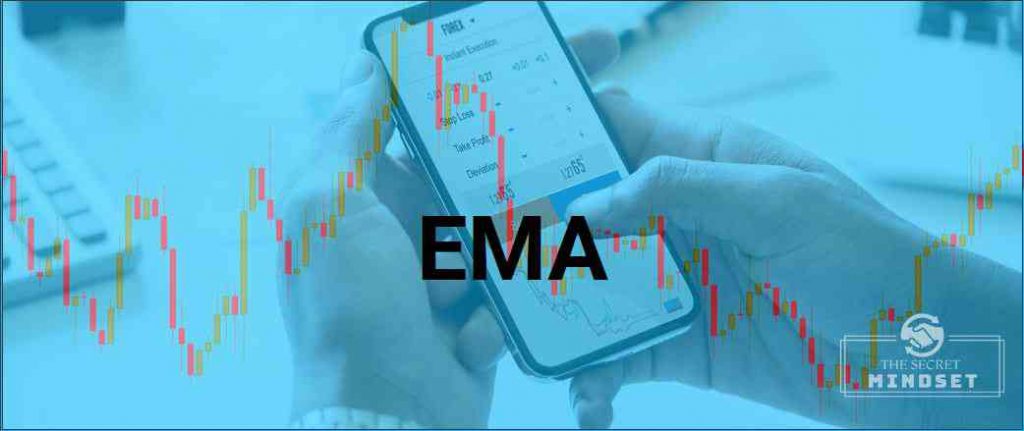





















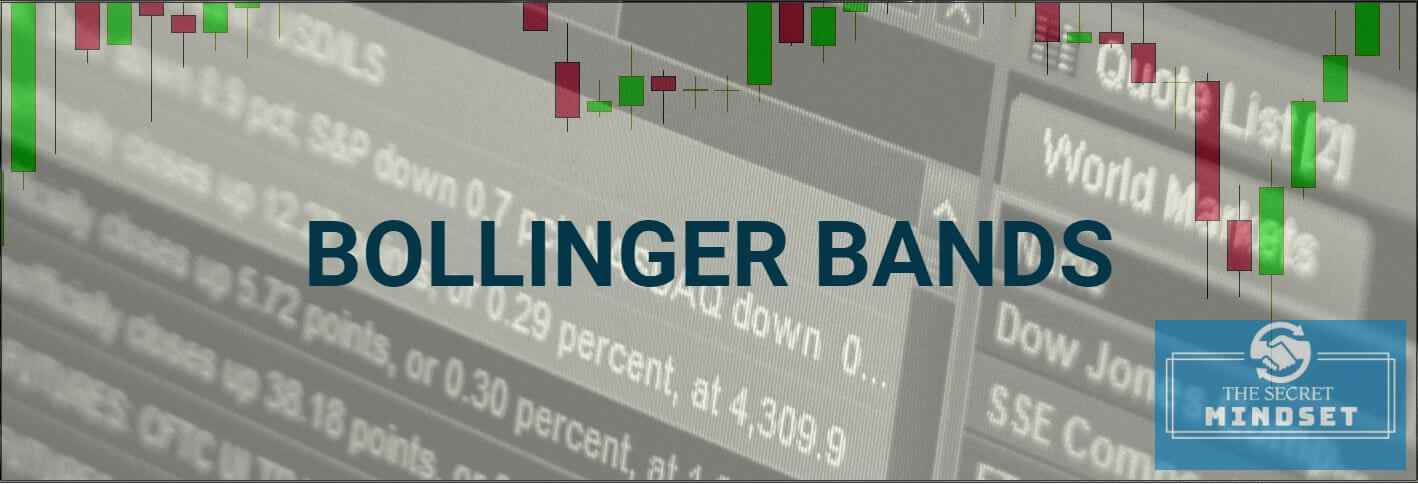
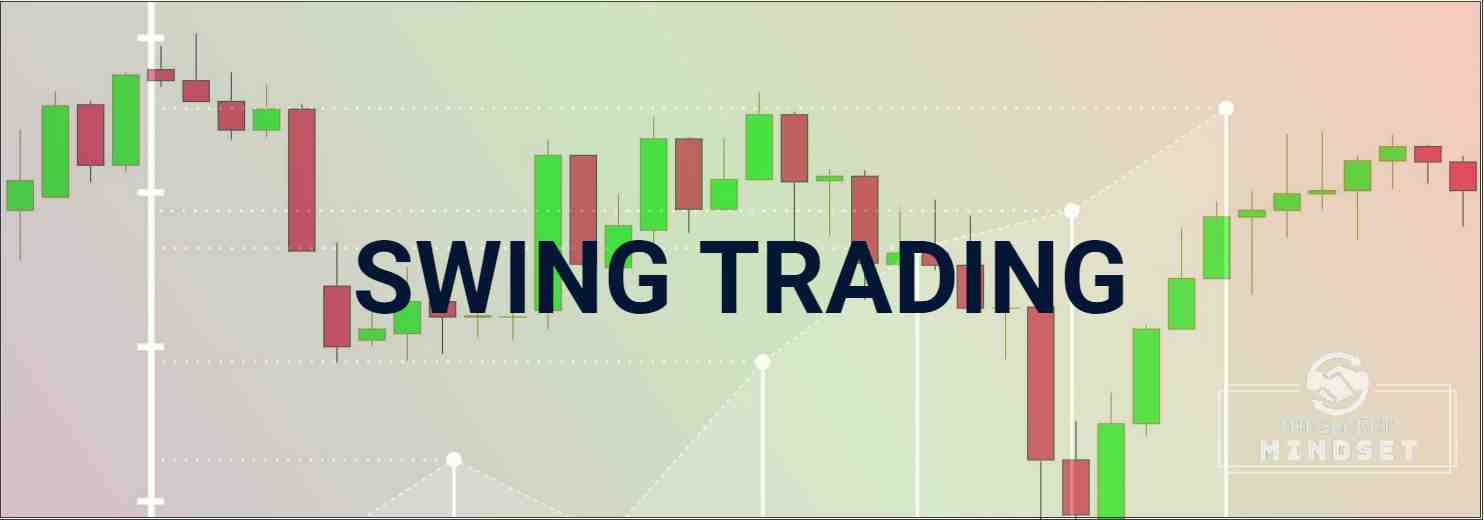
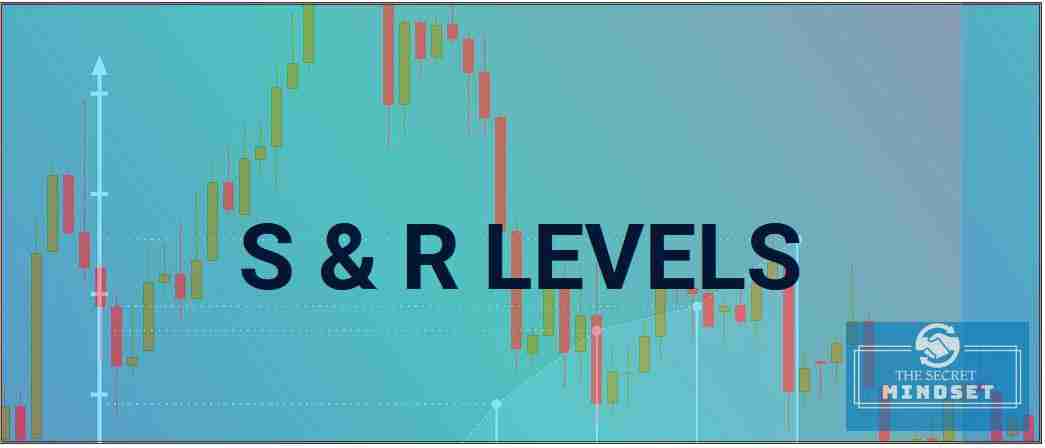
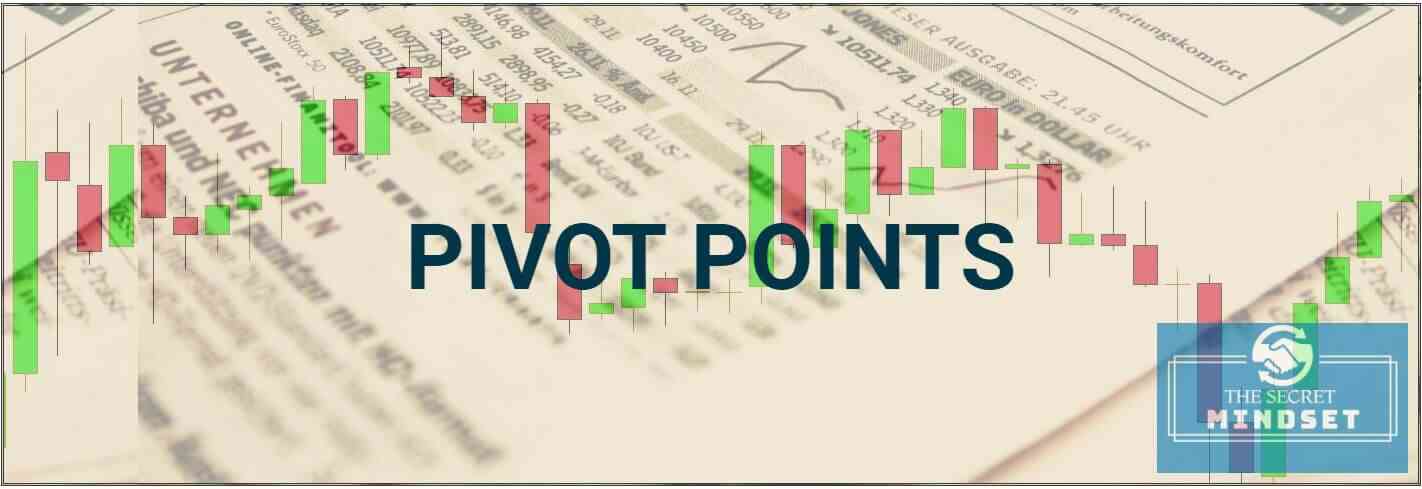
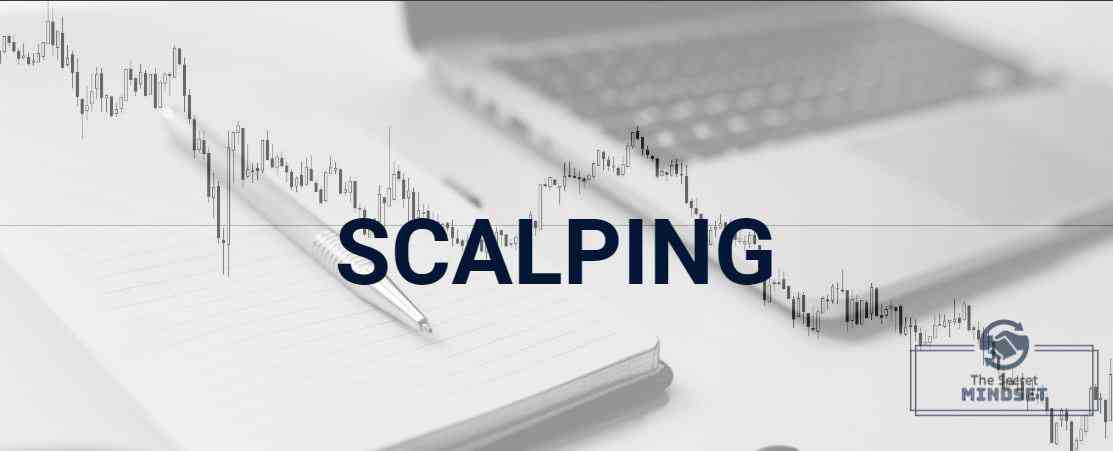
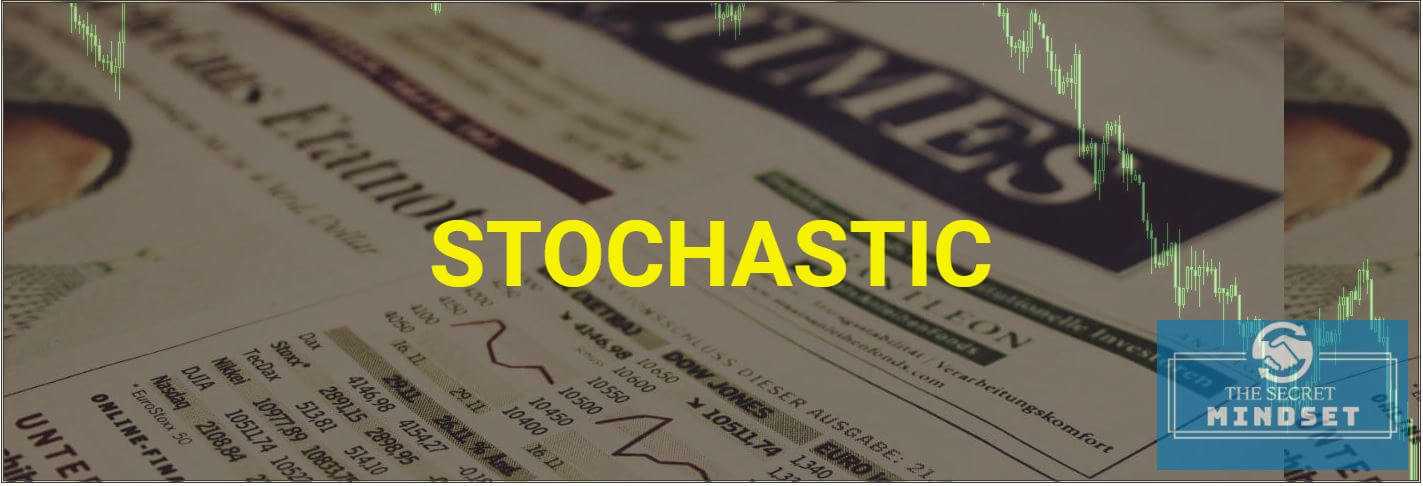
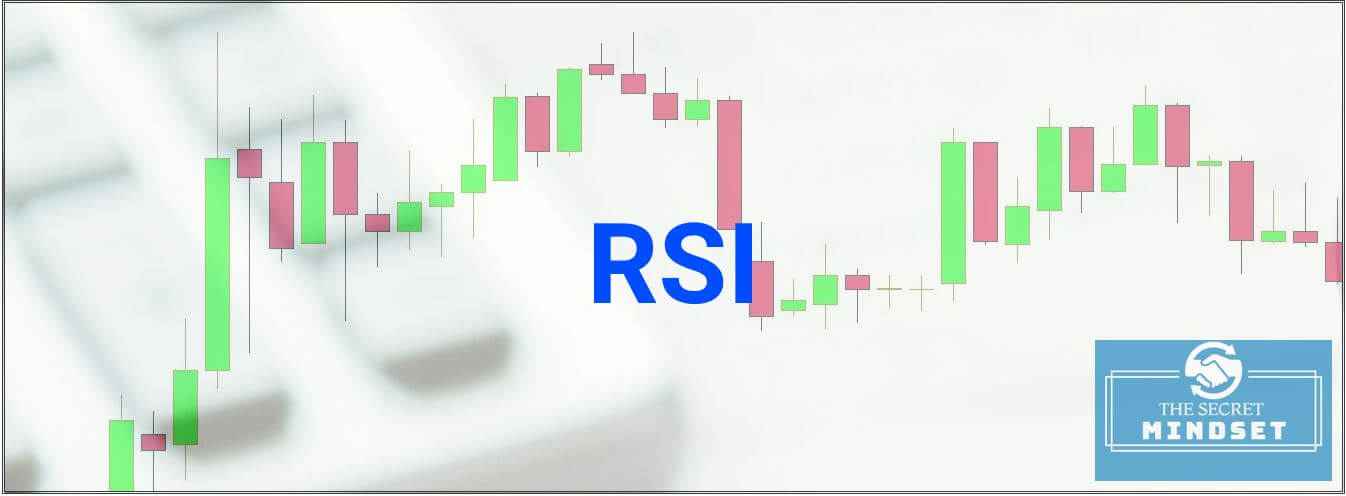
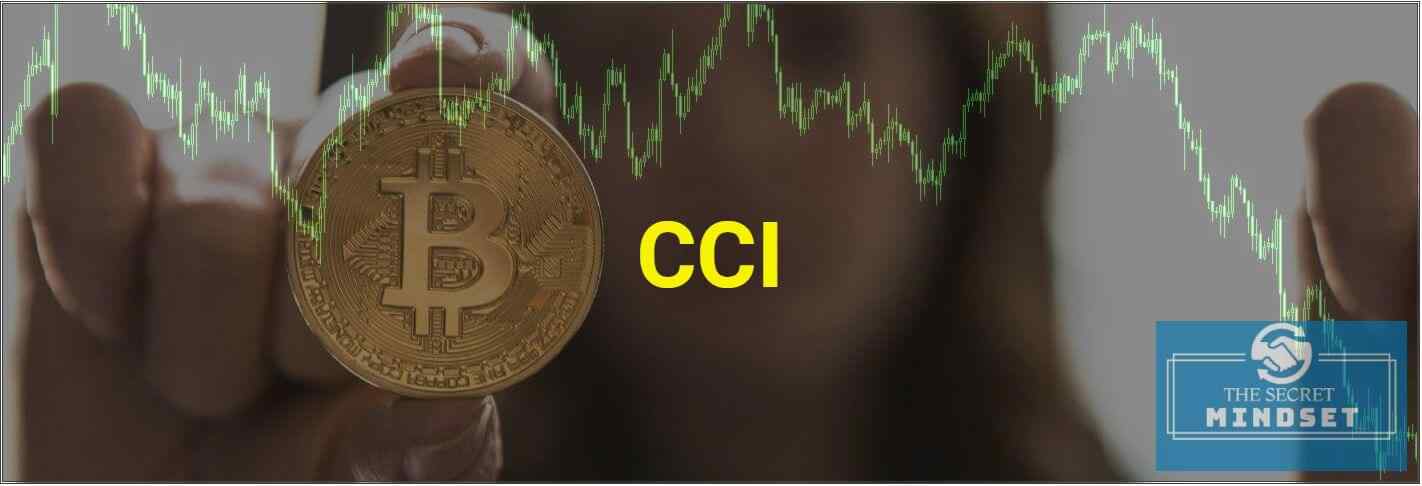
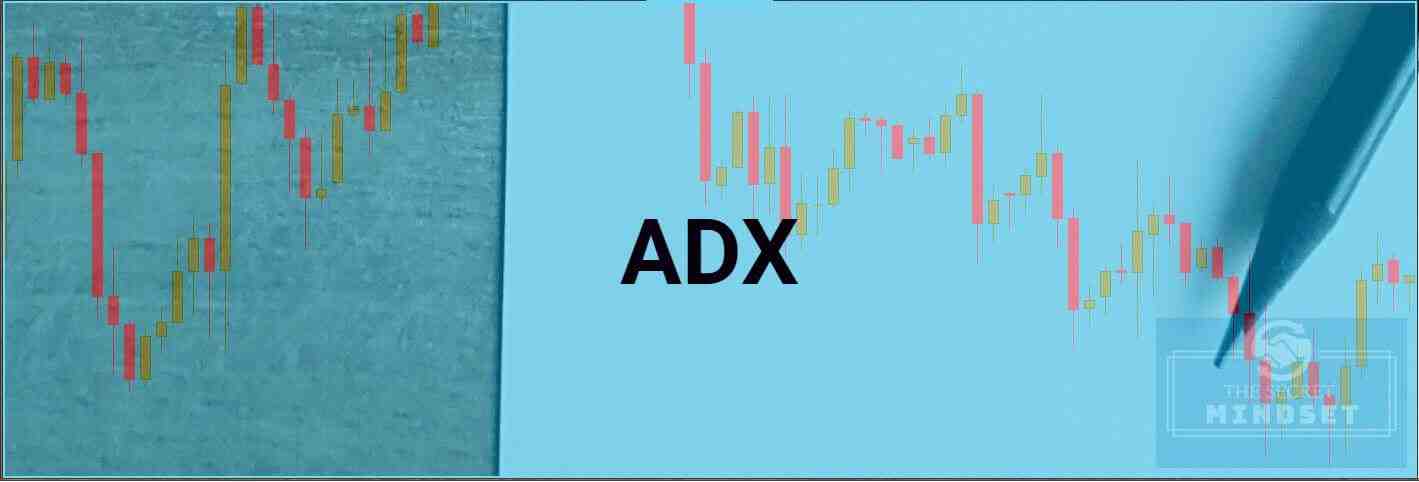
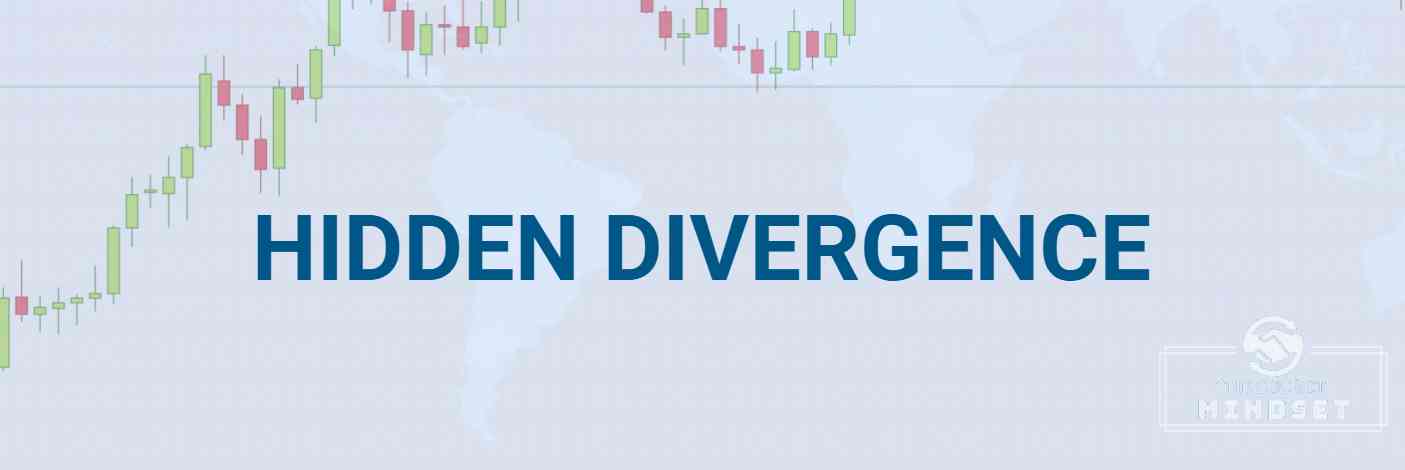

1 thought on “EMA Day Trading: Exponential Moving Average Strategy”
good morning
Excellent content, I am a follower on YouTube, and it has helped me a lot in improving my work technique I thank you very much